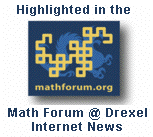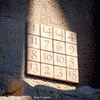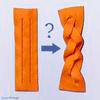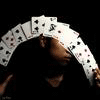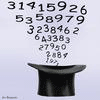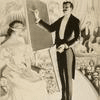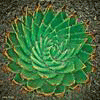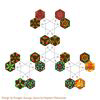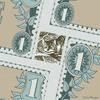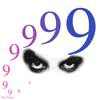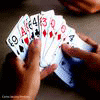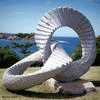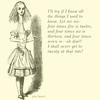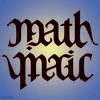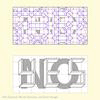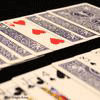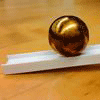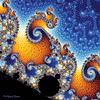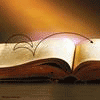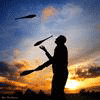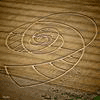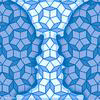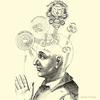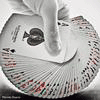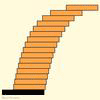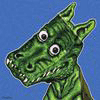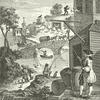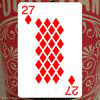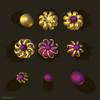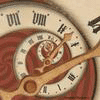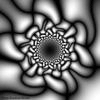Mathematics Awareness Month 2014: Mathematics, Magic, and Mystery
Navigate the Calendar
The Mathematics of Juggling
Juggling has been around for centuries, and yet in the mid-1980s an entirely new class of tricks was found, all coming from using math to analyze what had previously been thought to be unanalyzable. Including Time Travel.
But we are getting ahead of ourselves. This story begins with the idea that we can find and identify the patterns within the patterns of juggling. Mathematician and master juggler Colin Wright demonstrates:
The story continues:
Taking it Further
Colin Wright offers a challenge in which you are tasked with producing a collection of possible juggling patterns. The beautiful part is that you don’t need to know how to juggle in order to do this. In fact, it was through a similar abstract, mathematical exercise that a new juggling pattern was discovered in the 1980s.
Today’s challenge exercises can be found the short flyer, “Juggling: Introducing the Theory.”
The Underlying Mathematics
Here is a video of former world record-holding juggler and Cornell mathematics professor Allen Knutson lecturing on the Mathematics of Juggling in 2010. If you would like to see Colin Wright explain the ideas outlined above in a single lecture with more historical context, his one-hour Math Encounters presentation titled “Five Balls, Two Hands: The Patterns of Juggling” is just what the doctor ordered.
There are many outstanding references for the mathematics of juggling. Burkhad Polster’s The Mathematics of Juggling (Springer-Verlag, 2003) is a great place to start. Polster also offers a short survey article of the same title.
Colin Wright put together an accessible introduction to mathematical juggling called “Juggling: Theory and Practice.” A more advanced treatment can be found in this article Wright coauthored with Joe Buhler, David Eisenbud, and Ron Graham titled “Juggling Drops and Descents” (American Mathematical Monthly, Vol. 101, 1994, pp. 507–519).
Ron Graham’s short article “Juggling Mathematics and Magic” (Notices of the International Congress of Chinese Mathematicians, Vol. 1, 2013, pp. 7–9) provides an impressive summary of the main ideas in very few pages.
A concise article on the history and science of juggling (and a little bit of the mathematics) is “The Science of Juggling,” by Peter J. Beek and Arthur Lewbel (Scientific American, November, 1995, Vol. 273, No. 5, pp. 92–97).


